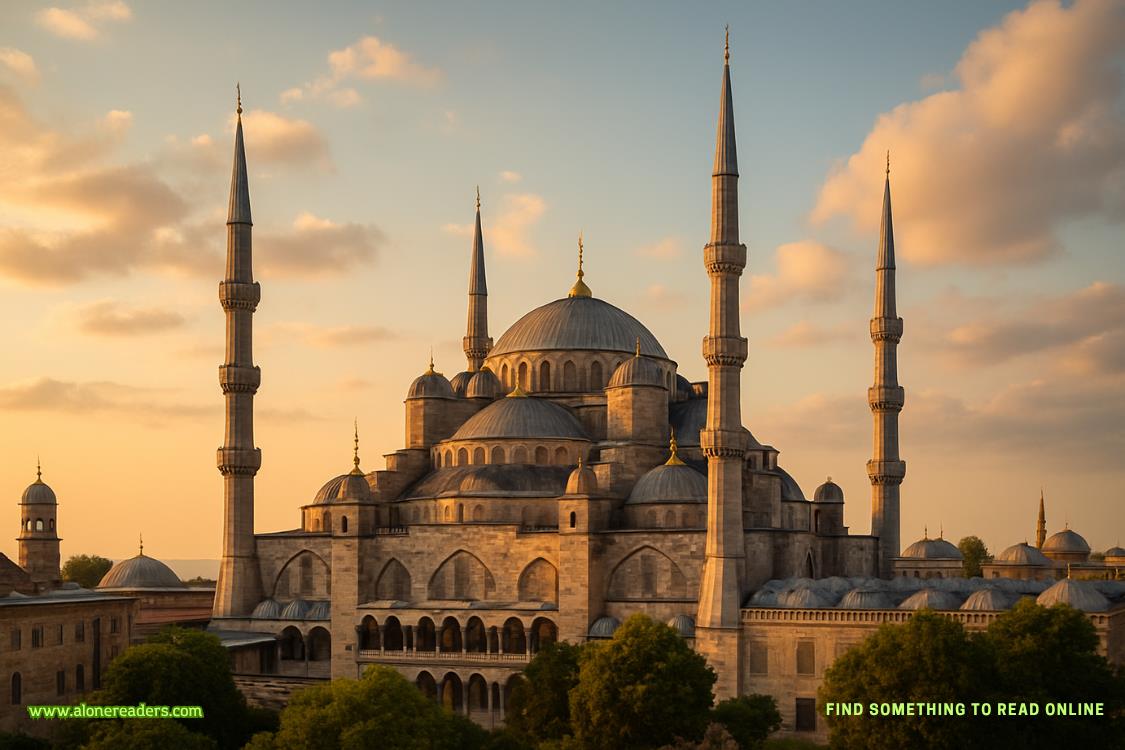“A professional.”
21
Rome-Obersalzberg, Bavaria
At five o’clockthe following morning, Bishop Hans Richter was awakened by a gentle knock at his door. A moment later a youthful seminarian entered the room bearing a tray of coffee and a stack of newspapers. The boy placed the tray at the edge of the bed and, receiving no additional instructions, withdrew.
Richter sat up and poured a cup of coffee from the ornate silver decanter. After adding sugar and steamed milk, he reached for the newspapers. His spirits sank as he openedLa Repubblica. The news from Florence was splashed across the front page. It was obvious the vague statement issued by the Sala Stampa had not played well—especially with Alessandro Ricci, the paper’s star investigative reporter and author of a best-selling book about the Order. Ricci saw evidence of a conspiracy. Thenagain, he usually did. Still, there was no denying that Niklaus Janson’s death was a disaster, one with the potential to threaten Richter’s ambitions at the coming conclave.
He turned to the papers from Germany. They were filled with stories and photographs from the market bombing in Hamburg. The embattled German chancellor had ordered antiterrorist police to stand guard outside all major rail stations, airports, government buildings, and foreign embassies. Even so, Germany’s interior minister had predicted that another attack was likely, probably within the coming days. A new opinion poll showed a sudden surge in support for Axel Brünner and his anti-immigrant National Democrats. Brünner and the chancellor were now locked in a statistical dead heat.
Richter set aside the newspapers and rose from his canopied Biedermeier bed. His apartment was three thousand square meters, larger than any of the Vatican lodgings occupied by the most senior princes of the Church. The rest of the room’s luxurious furnishings—the chest of drawers, the armoire, the writing desk, the occasional tables and framed mirrors—were resplendent Biedermeier antiques as well. The paintings were all Italian and Dutch Old Masters, including works by Titian, Veronese, Rembrandt, Van Eyck, and Van der Weyden. They were but a small portion of the Order’s massive collection, most of which had been acquired for investment purposes. The collection was hidden in a vault beneath the Paradeplatz in downtown Zurich, along with much of Bishop Richter’s vast personal fortune.
He entered his luxurious bathroom complex. It featured a shower with four heads, a large Jacuzzi, a steam room, a sauna, and a built-in audiovisual system. To the accompaniment ofBach’s Brandenburg Concertos, he bathed and shaved and moved his bowels. Afterward, he dressed not in his usual magenta-trimmed cassock but in a tailored business suit. Then he pulled on an overcoat and a scarf and headed downstairs.
Father Graf was waiting outside in the forecourt next to an elegant Mercedes-Maybach limousine. He was a trim, athletic priest of forty-two, with an angular face, neatly combed blond hair, and bright blue eyes. Like Bishop Richter, he was of noble Austrian descent. Indeed, the blood that flowed through both their veins was midnight blue. He, too, was dressed in business rather than clerical attire. He looked up from his mobile phone as Richter approached and in German bade him a pleasant morning.
The rear door of the Maybach was open. Richter slid into the backseat. Father Graf joined him. The car passed through the Order’s formidable stone-and-steel security gate and turned into the street. The umbrella pines were silhouettes in the first sienna light of dawn. Richter thought it was almost beautiful.
Father Graf was staring at his phone again.
“Anything interesting in the news this morning?” asked Richter.
“The Polizia di Stato released the identity of the young man who was shot to death in Florence.”
“Anyone we know?”
The priest looked up. “Do you know what would have happened if Niklaus had crossed that bridge?”
“He would have given Pope Accidental’s letter to Gabriel Allon.” Richter paused. “All the more reason why you should have removed it from the papal study.”
“It was Albanese’s job. Not mine.”
Richter frowned. “He is a cardinal and a member of the Order, Markus. Try to show him at least a modicum of respect.”
“If it wasn’t for the Church, he’d be a bricklayer.”
Richter examined his reflection in the vanity mirror. “The bricklayer’sbollettinohas bought us some valuable breathing room. But it is only a matter of time before the press find out where Niklaus was working the night of the Holy Father’s death, and that he was a member of the Order.”
“In six days, it won’t matter.”
“Six days is an eternity. Especially for a man like Gabriel Allon.”
“At the moment, I’m more worried about our old friend Alessandro Ricci.”
“As am I. His sources inside the Curia are impeccable. You can be sure our enemies are talking to him.”
“Perhaps I should have a word with him, too.”
“Not yet, Markus. But in the meantime, keep an eye on him.” Richter looked out his window and frowned. “My God, this city really is atrocious.”
“It will be different after we take power, Excellency.”
Indeed, thought Bishop Richter. Much different.
The Order’s Gulfstream G550 was waiting on the tarmac outside Signature Flight Support at Ciampino Airport. It delivered Bishop Richter and Father Graf to Salzburg, where they boarded an executive helicopter for the short flight across the German border. Andreas Estermann, a former German intelligence officer who served as the Order’s chief of securityand operations, waited on the helipad of the compound outside Berchtesgaden, his gray-blond hair twisting in the wash of the rotors. He pressed his lips to the ring on Bishop Richter’s proffered right hand, then gestured toward a waiting Mercedes sedan.
“We should hurry, Excellency. I’m afraid you’re the last to arrive.”















